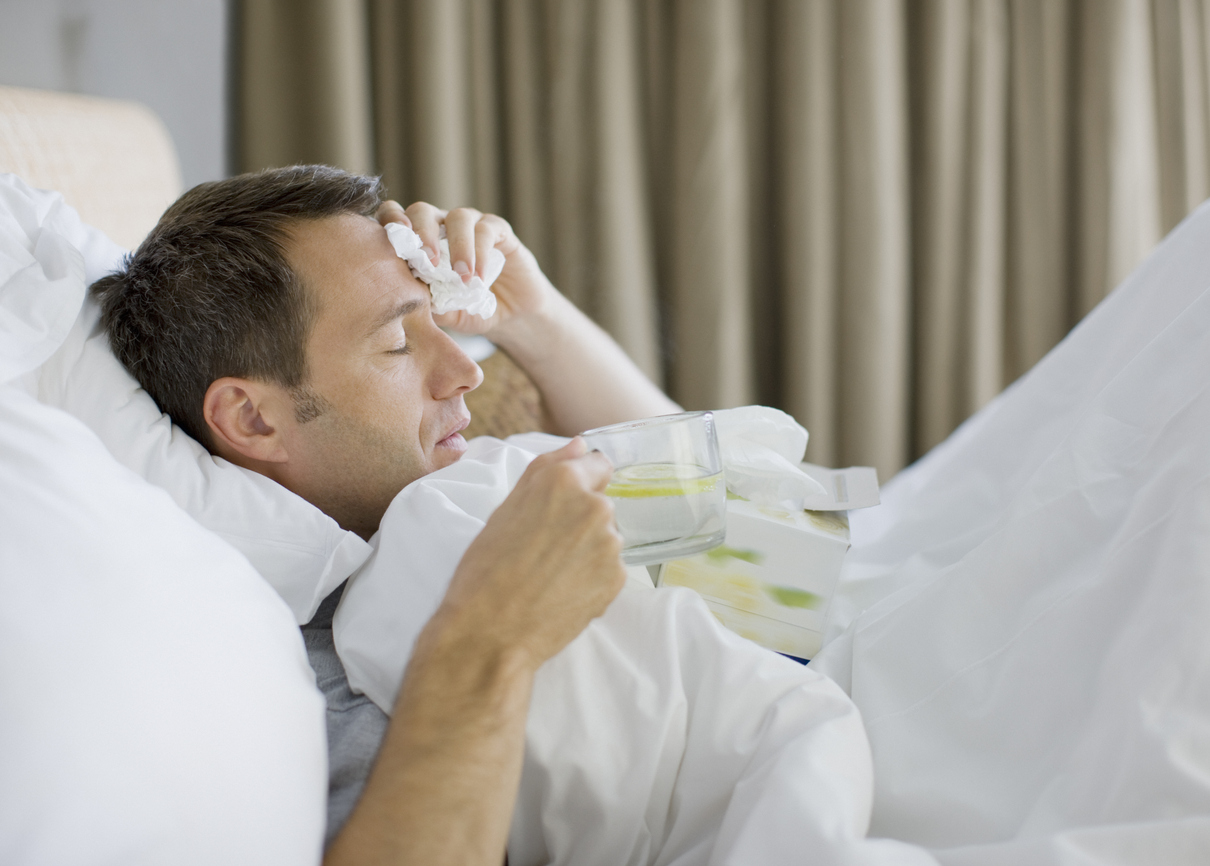Coronavirus
A high temperature can be a symptom of coronavirus (COVID-19). Read more about coronavirus or use our Coronavirus Risk Assessment to check your risk.
A fever (high temperature) is a symptom of an underlying condition, most commonly an infection. It can make you feel hot and generally unwell, but it’s usually just a sign that your body’s natural defences are taking effect.
And as a fever usually resolves on its own with time, you don’t always have to visit a doctor.
Here’s how to treat a fever at home and how to tell if you need to see a doctor.
Treating a fever with self-care
You can treat a fever at home by getting plenty of rest and sleep. You may find it hard to drift off if your symptoms are bothering you or you may experience disrupted sleep, but try to take naps regularly and rest.
It’s important to stay hydrated. You’ll know if you’re drinking enough by the colour of your pee (urine). Pale yellow or clear urine means you're unlikely to be dehydrated, while anything darker suggests you should be drinking more water. Avoid alcohol as this can make you more dehydrated.
When you have a fever, it can be confusing to know whether to wrap yourself up in layers or strip down as your body temperature changes from hot to cold and back. Wear loose, comfortable clothing when at home and make sure the room you’re in isn’t too hot. Don’t try to make yourself feel cold and try to avoid going outdoors.
Treating a fever with medication
A doctor may advise taking medication from the pharmacy to temporarily bring down your body temperature. This may help to ease any aches and pains and may help you sleep.
Some medications can make you feel drowsy, which can help if your symptoms make it hard to sleep. You should avoid driving while taking any medicines that make you feel drowsy.
Speak to your pharmacist or doctor for further guidance on whether to use these medications and how to get and use them.
When to see a doctor for a fever
If you’re not sure if you should visit a doctor, this fever temperature list will help you decide if you can treat it yourself. Various sources have slightly different temperatures but, in general, the following applies:
- hypothermia (a dangerous drop in body temperature) - 35C or lower
- normal - 36.5C to 37.2C
- fever - 38C or higher
- hyperpyrexia (when your body temperature rises due to a fever) - 41.1C
If your fever lasts for longer than 5 days or you’re becoming more unwell, see a doctor.
Find out more about when to see a doctor for a fever.




